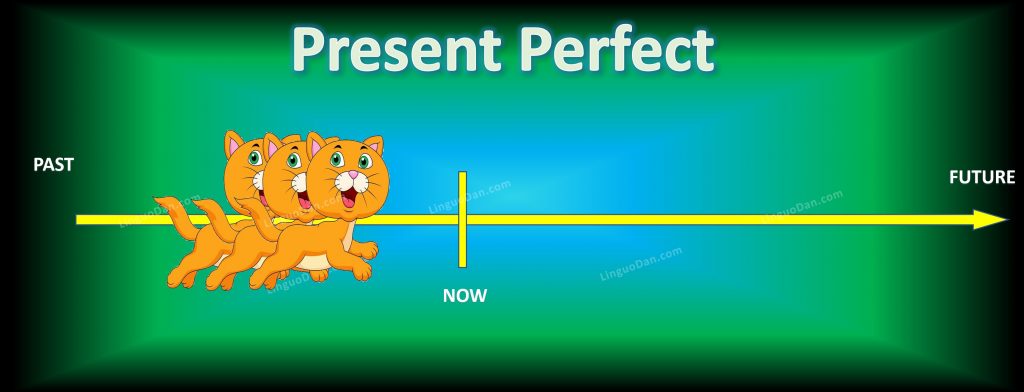Present Perfect

Present Perfect – the present perfect tense in English. Usually used to express a past event that has consequences in the present. The present perfect is formed using the auxiliary verbs has / have and the third form of the verb (past participle), and if the verb is correct, we add the ending -ed.
| Present Perfect | ||
| Signal words | Use | Form |
| Just
Yet Never Ever Already So far Up to now Since For Recently |
You say that sth. has happened or is finished in the past and it has a connection to the present
Action started in the past and continues up to the present When the time of the action is unknown or unimportant |
have/has + past participle (infinitive + ed) or (3rd column of table of irregular verbs) |
The general scheme of using the Present Perfect on the example of the verb – to work
| Positive | Negative | Question |
| I/You/We/They have worked | I/You/We/They haven’t worked | Have I/You/We/They worked? |
| He/She/It has worked | He/She/It hasn’t worked | Has He/She/It worked? |
Let’s look at the Present Perfect for the irregular verb – to go. To begin with, let’s turn to the table of irregular verbs. The third form is used for the Present Perfect
| INFINITIVE | PAST SIMPLE | PAST PARTICIPLE |
| to go | went | gone |
The general scheme of using the Present Perfect on the example of an incorrect verb – to go
| Positive | Negative | Question |
| I/You/We/They have gone | I/You/We/They haven’t gone | Have I/You/We/They gone? |
| He/She/It has gone | He/She/It hasn’t gone | Has He/She/It gone? |
For convenience, you can use the abbreviated form:
have not – haven’t
has not – hasn’t
Examples:
How long have you known Dan?
I’ve seen this movie
He has already arrived